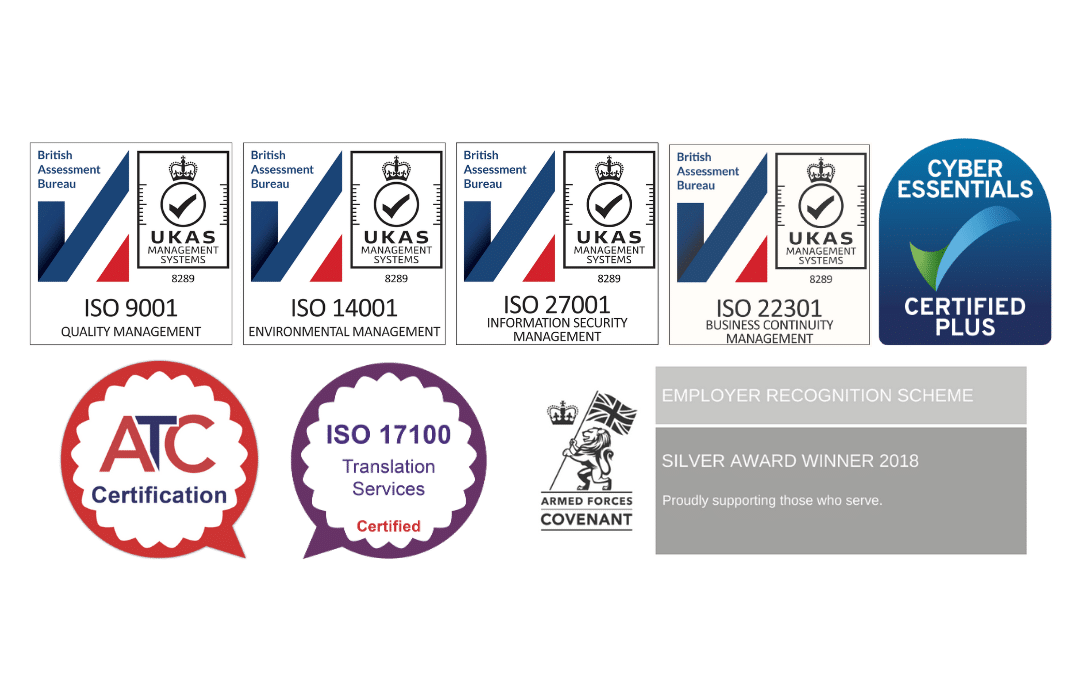The landscape of learning languages has changed remarkably over the last decade. The focus of app makers and tech companies is finding simple ways to fit language learning into your lifestyle.
You can now learn on your commute, your coffee break or whilst you’re on Facebook. Here’s how.
1. Swap out language terms with FlipWord
FlipWord is a Chrome extension which changes a few words on every webpage.
Immersion is a buzzword used by language teachers this is a solution if you are not quite ready for it. Instead, FlipWord is useful if you’ve picked up the basics and are looking to make the step in using the language on a daily basis. It could be at work or at home and takes no extra time from your schedule. Also, it’s free!
FlipWord changes only a few words on every page to your desired language. By doing this, most of the content of the page remains the same. If the whole page was translated, your work could be slowed down.
Hover over them to see the replaced word, its pronunciation or even small lessons. The extension also has other features like YouTube lessons and typing practice.
2. Get social with Meetup
Meetup organises local gatherings of like-minded people all over the world. They can range from groups wanting to hike, train for a marathon, build a mobile app or learn a new language.
Practising in a social informal setting and making friends along the way is a proven way to boost your chances of learning. Of course, language learning can be difficult and requires perseverance, so such a setting can help maximise your long-term success.
You’re likely to have lots of options, too. A brief look at DA Languages’ home city of Manchester reveals a French meet up with 4,000 speakers. There is also a dinner group specialising in Japanese cuisine with 600 members!
3. Make a small change on social media
Want to be able to use social media and learn at the same time? A really simple trick is to swap the language interface from English to your desired language. You’ll be surprised by how many phrases and words you’ll quickly pick up!
4. Download a mobile app
It is so easy to download a app on your phone. Luckily, many language learning apps are free and accessible for trainees of all levels.
Flash Academy is our pick for adult learners. In school, you’d sit with a textbook in a classroom for long periods and take routine exams. Independent adult learners are much likely to learn in short bursts, ie. during the commute to work. Flash Academy exercises are short, fun and interactive!
Duolingo is one of the world’s most popular way to learn a language. It’s 100% free, fun and science-based. 21.5 million recorded active learners in Spanish alone can’t be wrong.
5. Listen to a podcast
Language learning podcasts started years ago as a niche area, but have since taken off to include a dedicated series for every language imaginable.
Podcasts are a good passive way to boost your listening skills. Passive as in you could be cooking, on a treadmill or focused on a primary task with it playing in the background. Check out this business news daily blog with the best options!
Get in touch with DA Languages to discover expert translation from lifelong language learners and native speakers.



